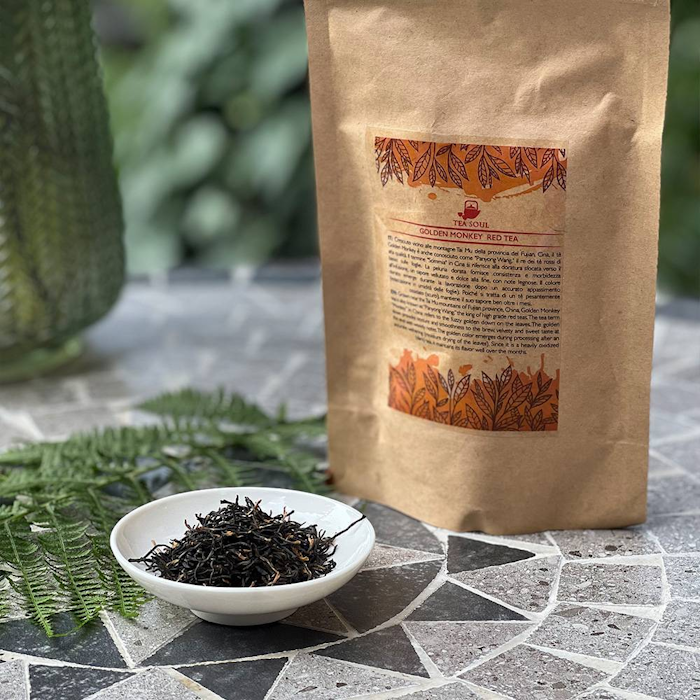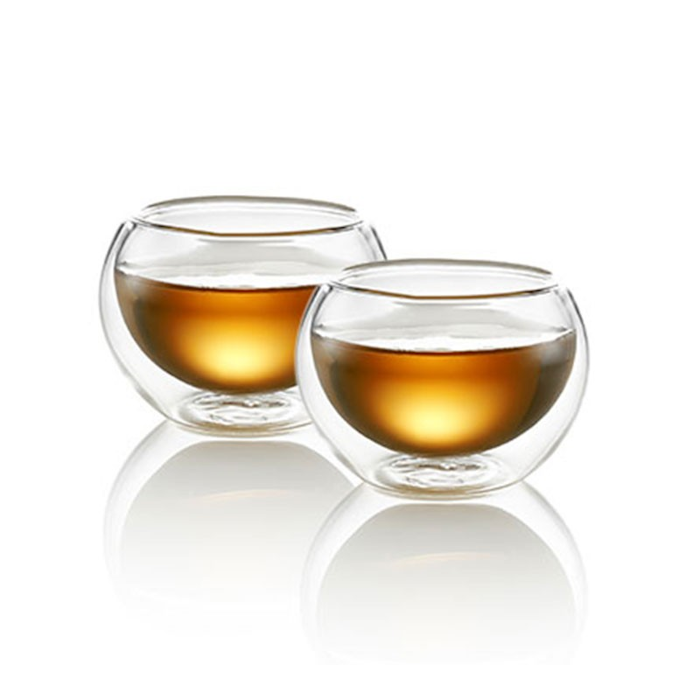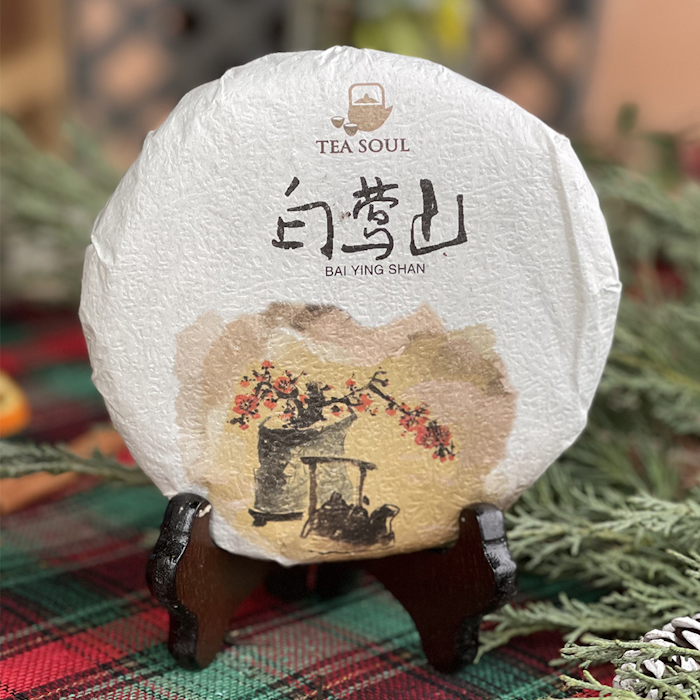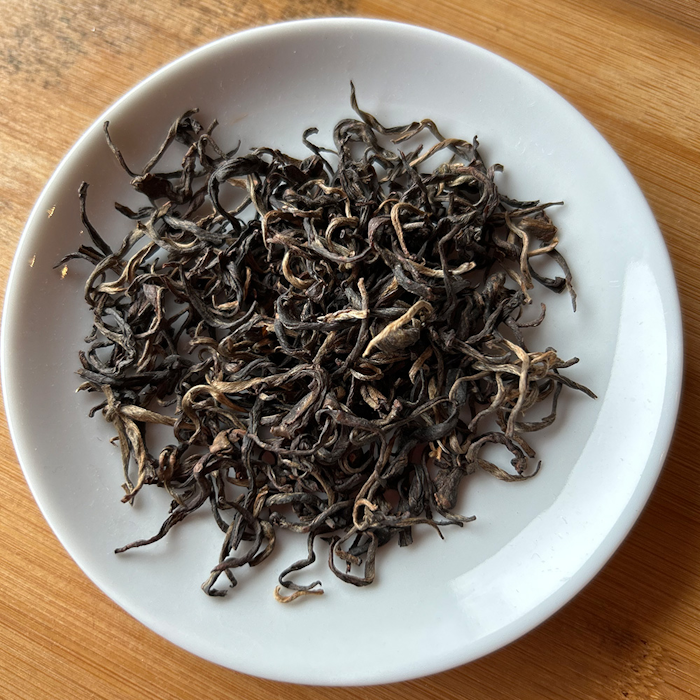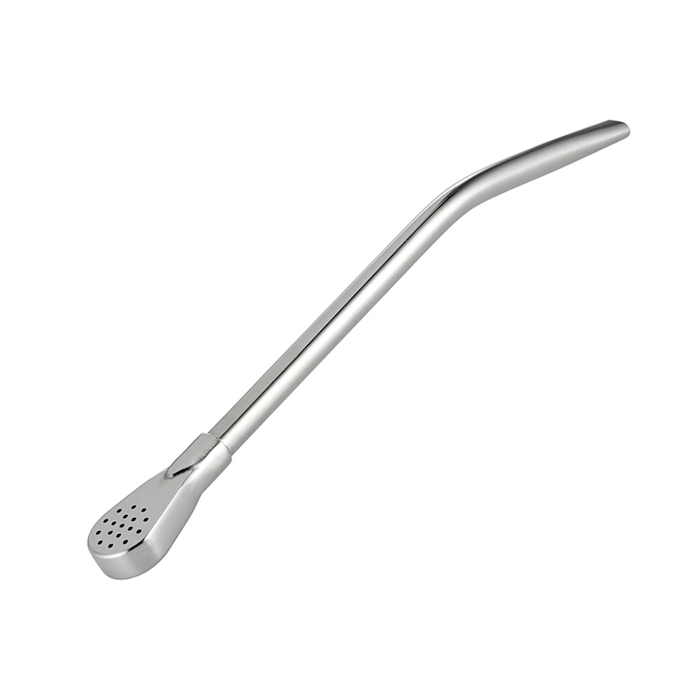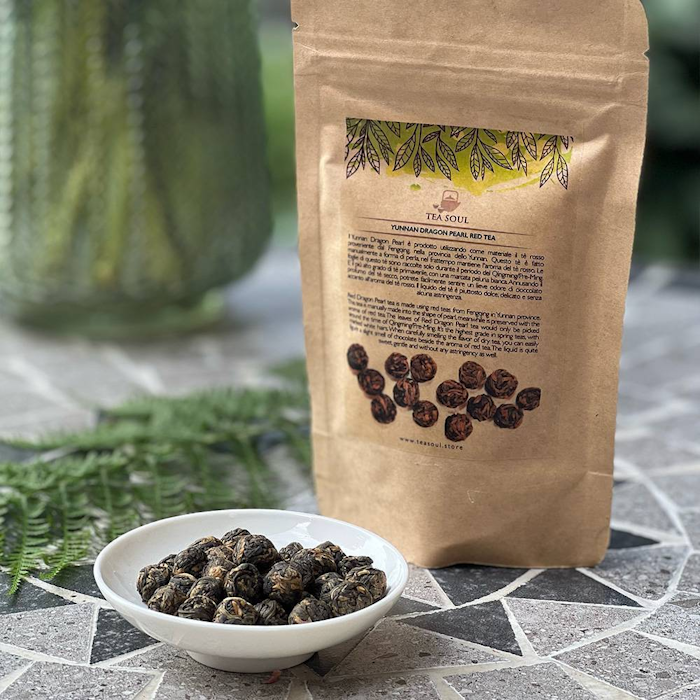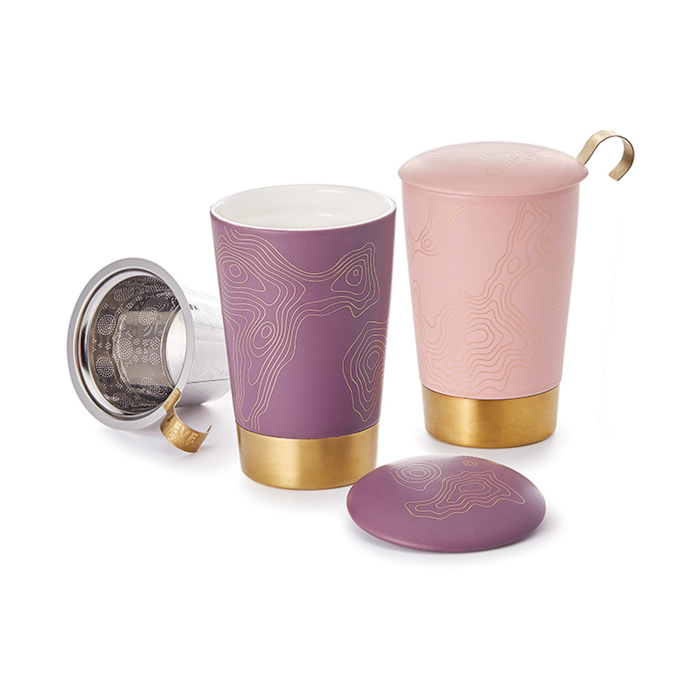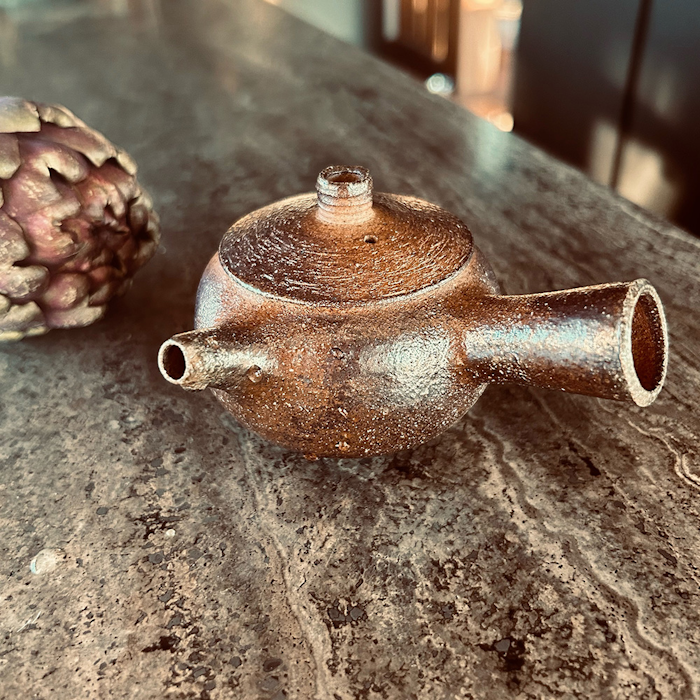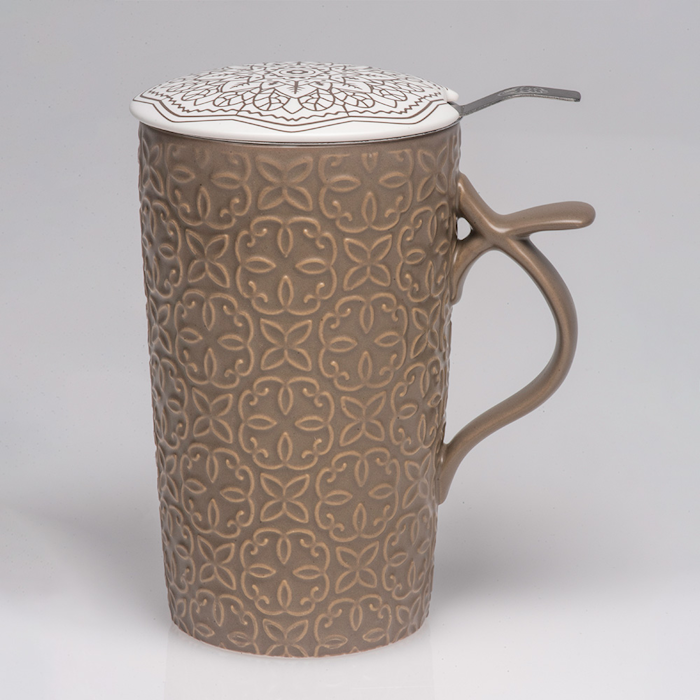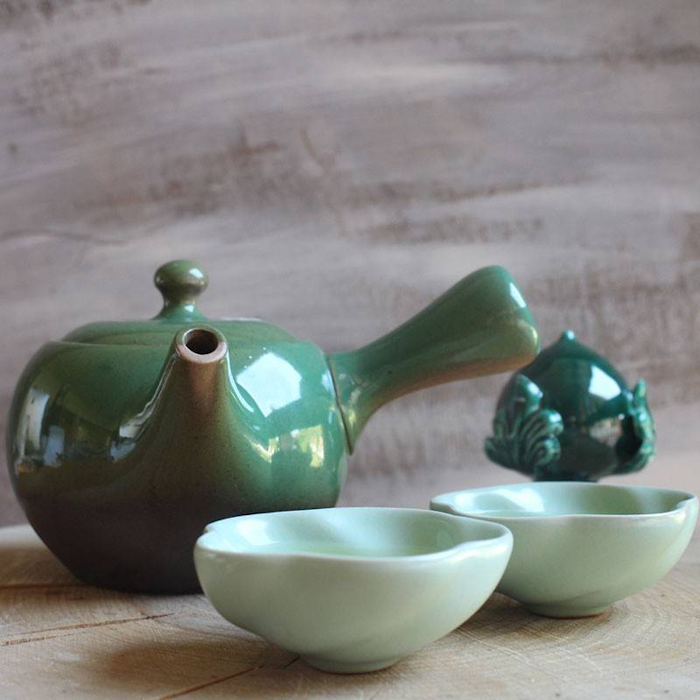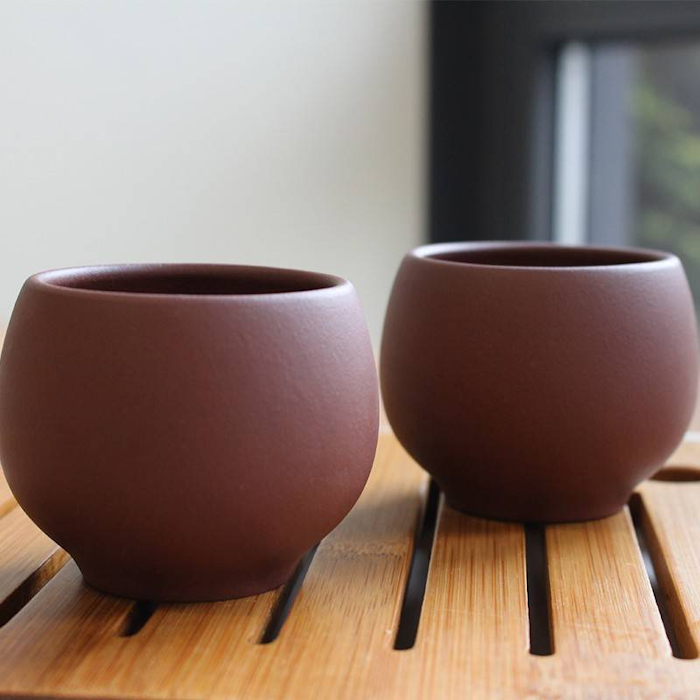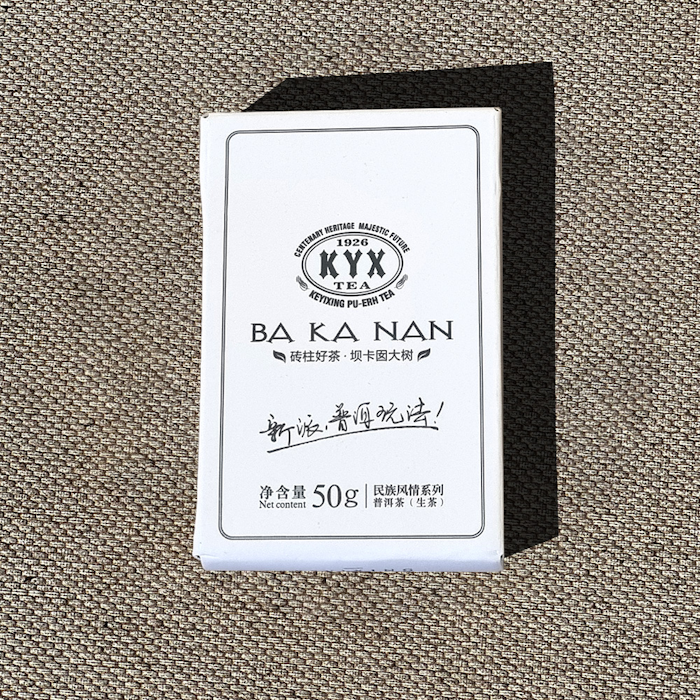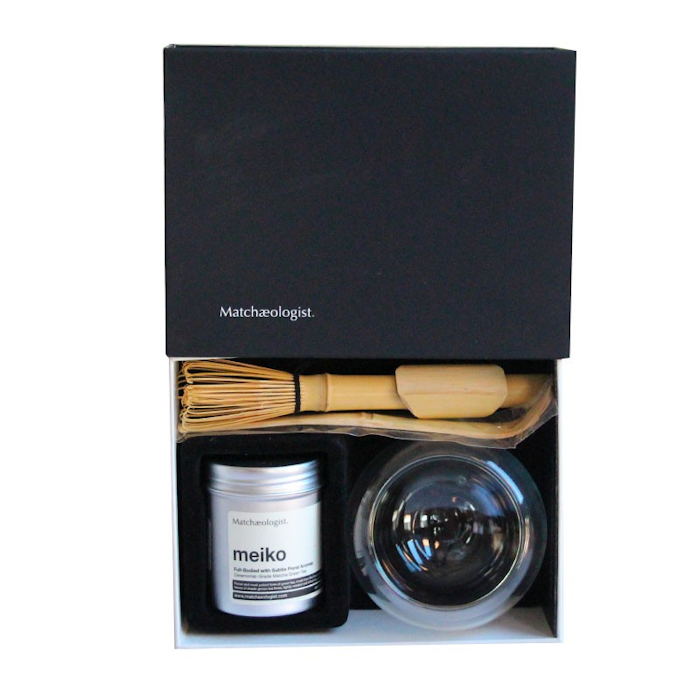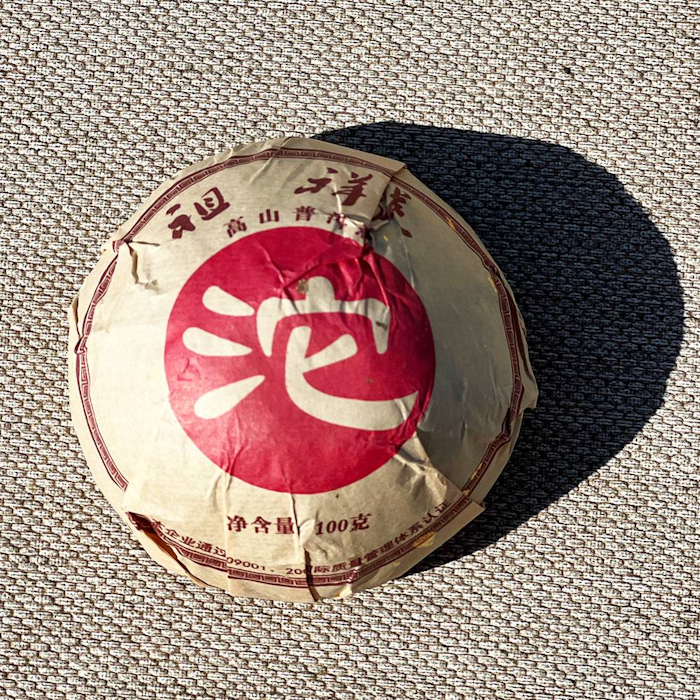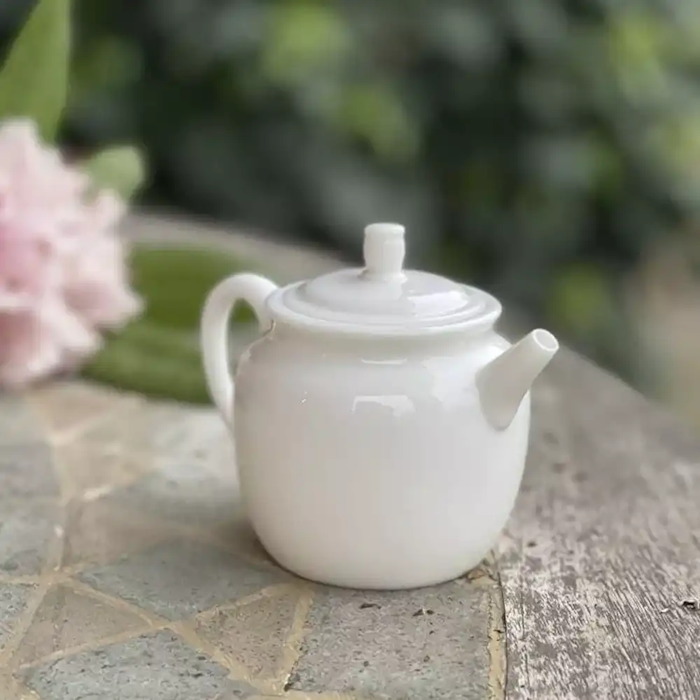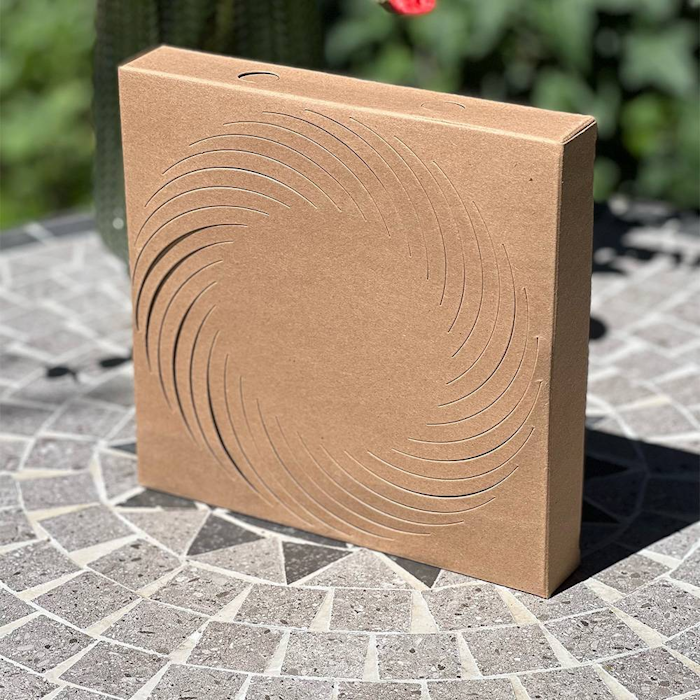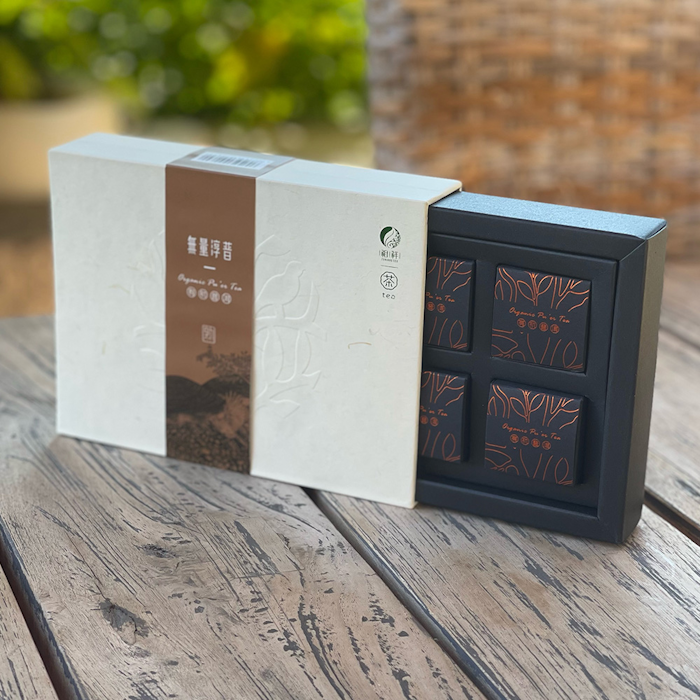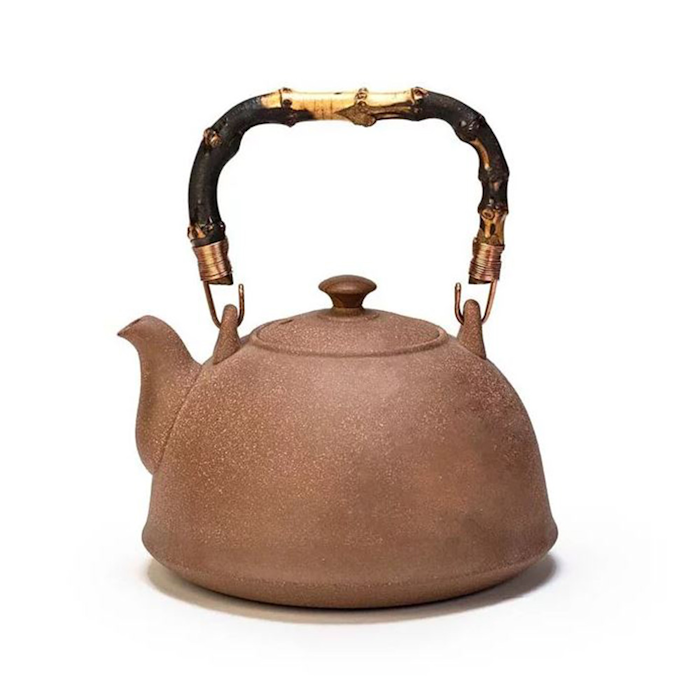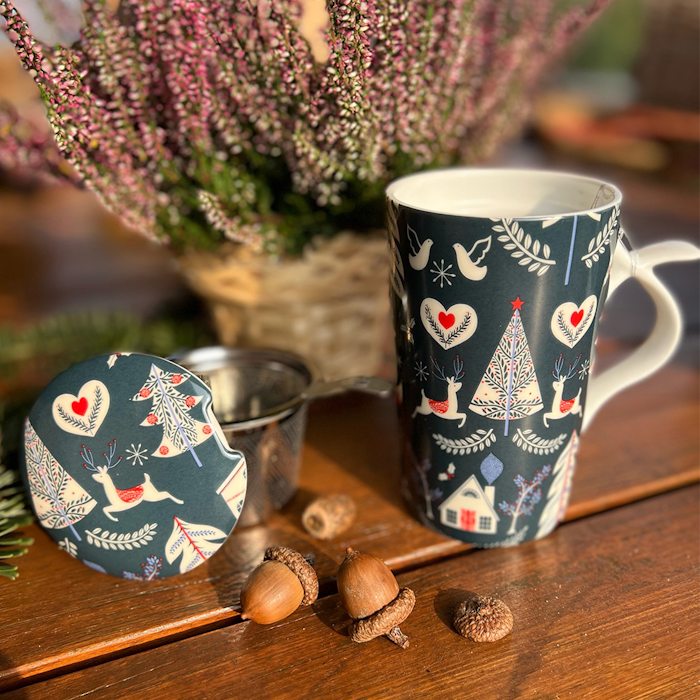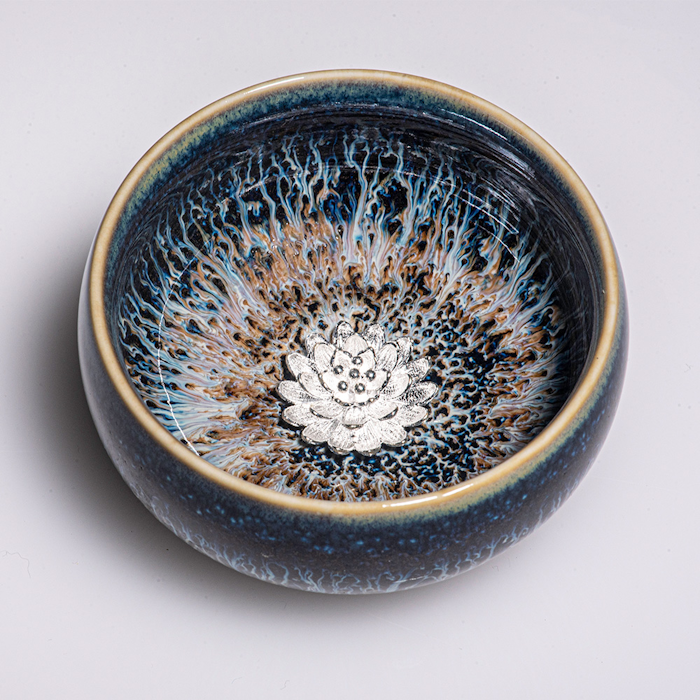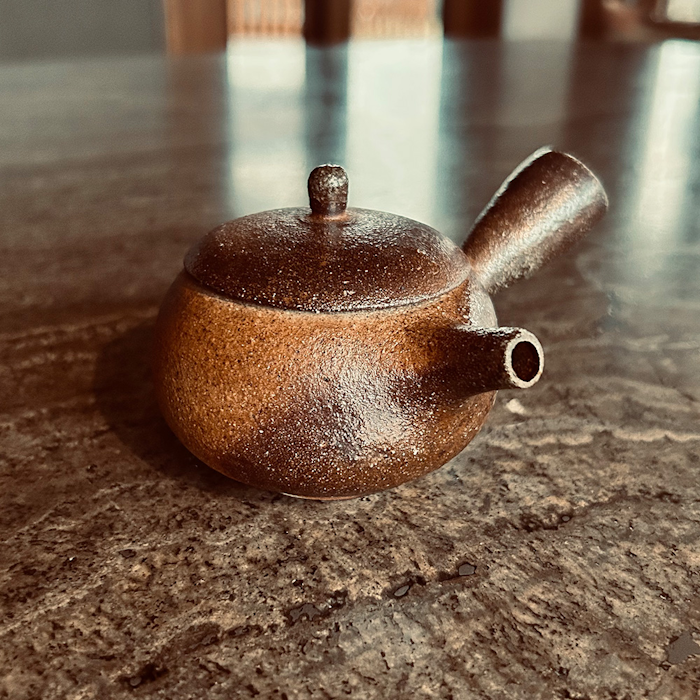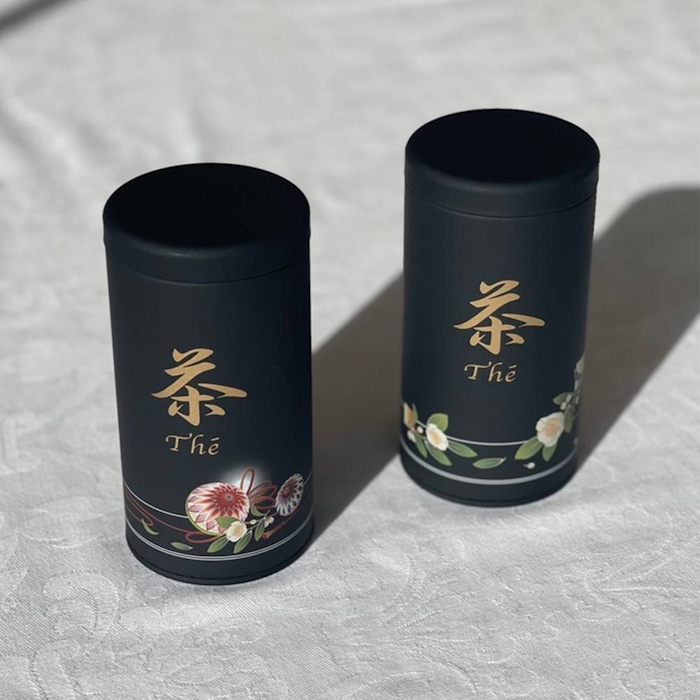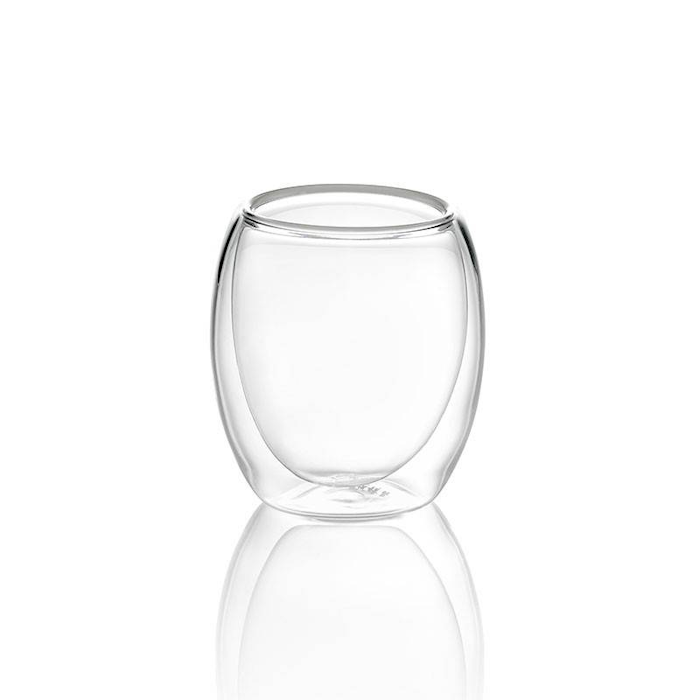Bing Dao 2014 puer sheng (raw) tea is a product carefully selected by Tea Soul to offer an even deeper tasting experience and knowledge regarding the complex type of puer tea. The gardens from which the leaves of this sheng come are located in the famous Bing Dao area near the city of Lincang and on the shores of the Mengku River. This area and its five main villages (Laozhai, Nanpo, Bawai, Nuowu, Dijie) have a long history related to tea cultivation carried on over time by the local Dai ethnic group. Indeed, in this mountainous area it is easy to find camellia trees as old as five hundred years or more. Often the leaves from the oldest trees in this area do not even reach the market because they are already destined for prominent people in Chinese society, but the very high average age of the camellias among these villages means that we always have a product with the characteristics given by a centuries-old plant.
The puer sheng Bing Dao gives a flavor profile in the cup that is quite taut between a deep fruity sweetness and a slight empyreumatic tone. Surrounding these two elements is also the maturation of this product, which emerges giving a warm sensation on the palate and a honeyed, oxidized taste almost similar to that in some aged white teas. To learn more about this important area of Chinese tea production you can compare this puer with another view of Bing Dao found in our offering.
Tasting - Sight and Smell
Tasting Notes
Location of origin
Bing Dao - Yunnan, China
Production
After harvesting, the leaves are left to wither in the sun for a certain time depending on the producer before going through the "green killing" stage, which is purely similar to that used to produce green tea. The special feature, in this case, lies in not heating the leaves as much as is done for a green tea so that certain enzymes capable of changing flavors over time are preserved. Once cooked, the leaves are allowed to rest overnight before concluding the drying process in the sun. At this stage the product is called maocha and is ready to be (eventually) pressed in order to obtain the best conditions for transport and aging. To press the leaves they are passed through for a few seconds by a strong jet of steam so that they are made soft on the outside and are then gathered into a sock or sack that will give the product its shape, usually discoidal. To ensure that this structure remains fixed over time, the sack is left under a stone or mechanical press for hours while the leaves lose that residual moisture taken up by the steam in the previous stage.
Preparation
We strongly recommend infusing this tea in the traditional Chinese method (gong fu cha) to best enjoy these leaves. Following this preparation, 5 grams of leaves can be used in a gaiwan of about 150 ml to obtain multiple infusions with different tastes. After a quick rinse of the leaves in water at 90°C, an initial infusion of 20 seconds can be made, after which, keeping the water at the same temperature, the time can be increased each time by 5 seconds from the previous infusion (20-25-30...)
This tea has a longevity of about 8 infusions.
For a classic preparation according to the Western style, we recommend 2.5 grams of leaves in a 200 ml cup with water at 90°C for an infusion time of 2 1/2 minutes.
The tea can be filtered for ease when tasting and also the infusion times given above here are meant to be purely indicative so you can also adjust according to your personal taste.
We recommend storing in a cool, dry place away from direct sunlight.
Black Friday 50








